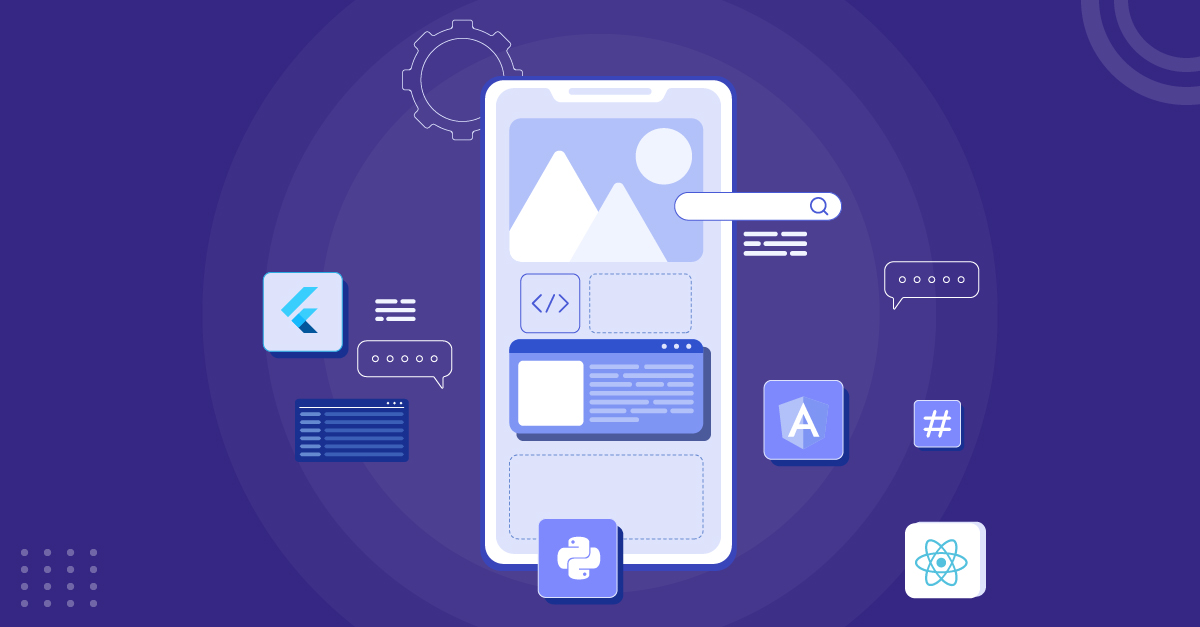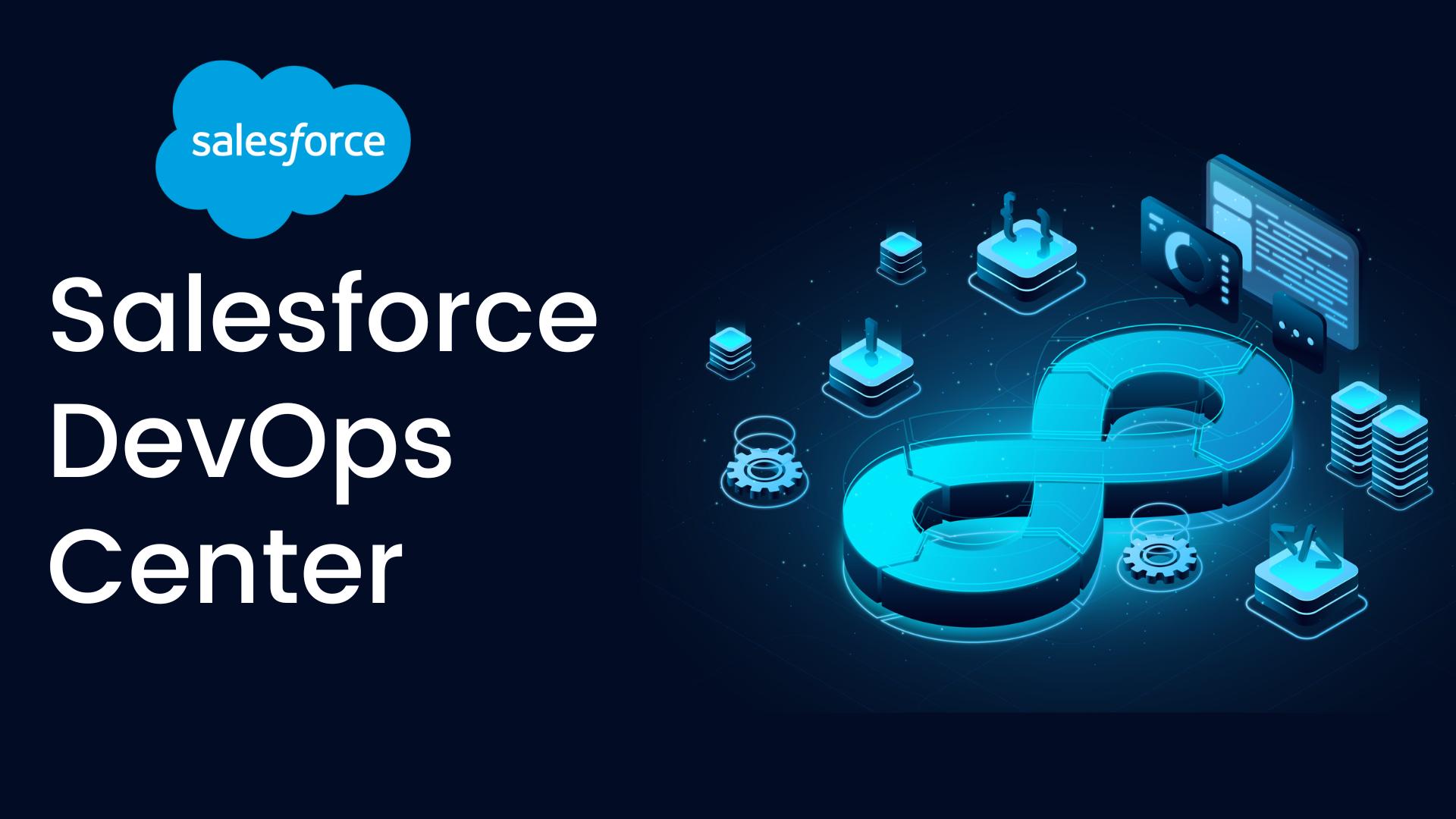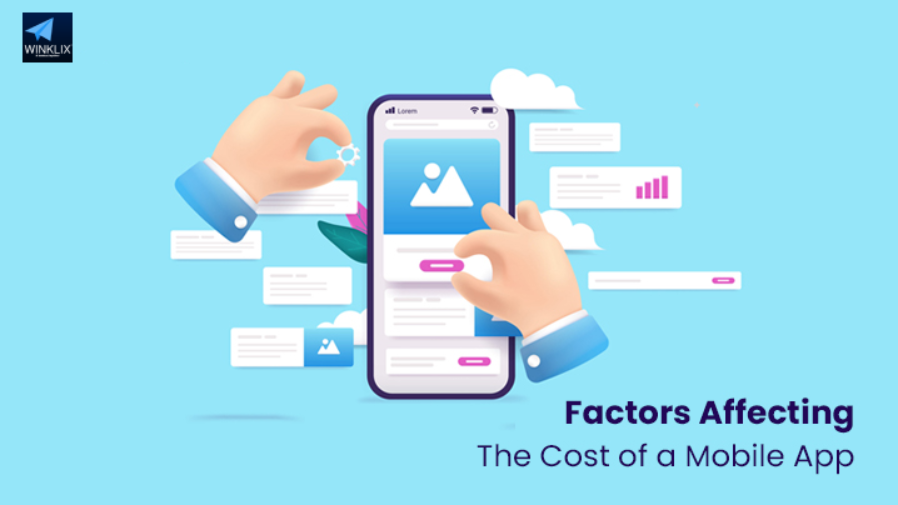The US continues to lead the world in terms of countries offering IT services. The majority of smartphone users worldwide are in this nation. According to the most recent statistics, Americans check their portable devices 262 times on average every day, or more than once every five minutes. As another report states, more than 88% of smartphone time is spent mostly on applications, so apps certainly account for the majority of mobile usage.
However, when it comes to mobile app development services, US-based businesses continue to command the highest rankings and are in high demand due to their knowledge, abilities, and industry standards. Why do businesses still wait for US IT firms and developers to create their ambitious apps? How much does hiring US app developers cost, and what are the hiring procedures? Let’s look for solutions to these issues.
Why is the United States the best country to develop apps?
The USA has dominated the development sector for years as the primary IT powerhouse in the world. The development companies in the US will be substantially covered by the unbiased opinions of any app development consultant regarding the finest locations for finding developer talent. What made the US such a well-liked and sought-after location for the creation of apps? What are the main benefits and perks of working with American developers? Below, we’ll explain.
Biggest IT market on the planet
Along with the largest IT corporations in the world, like Google, Microsoft, Amazon, IBM, Oracle, SAP, Apple, and many others, the nation also contains some of the most well-known and largest IT firms. In their respective fields, American IT startups, businesses, and applications make significant strides every few years.
Top-ranked IT schools worldwide
The nation is home to some of the best IT schools in the world as well as prestigious universities offering degrees in science, maths, and engineering. These well-known IT institutions are attended by pupils from all around the world. There is never a shortage of excellent developer talent in the US, of course.
Setting standards and creating IT benchmarks
When it comes to creating standards and benchmarks that other countries’ IT businesses and IT services must adhere to, the US takes the lead. The majority of the top development firms in the US took the initiative to establish new development benchmarks and industry standards. By working with US development companies, businesses can easily stay current with industry benchmarks and standards.
The most comprehensive range of development abilities
All important programming languages and techniques have over the years grown and prospered in the US. US businesses have never lagged behind when it comes to investigating new technologies, talents, and languages when it comes to programming and new skill development. You will undoubtedly find the best possibilities for every individual expertise when you search for a mobile app development business in the USA to design your app.
Access to the best IT infrastructure available worldwide
Simply because of the US’s leading IT industry and development scene, the US’ development laboratories are significantly more advanced and well-equipped than those of other countries. The best IT infrastructure in the world is simply accessible if you hire development businesses from the US.
Environmentally and regulation-friendly outsourcing
The US has so far been the finest location for IT outsourcing and for employing professionals from all around the world. The nation always provides the most conducive atmosphere and rules for outsourcing and recruiting foreign workers, regardless of federal or state legislation. The nation’s IT sector exemplifies the fundamental principles of globalization
A market that is price-sensitive
The US has never been more affordable to outsource software projects there because of the stronger currency. However, over time, severe pricing rivalry among development organizations from the East Coast to the West has allowed projects from around the world to discover app developers with competitive pricing to meet their development needs.
Most technologically savvy workforce
Accessibility to tech-savvy human resources across the nation is a key factor in why foreign corporations choose to work with US development firms and developers. The US population is thought to have the greatest smartphone penetration rate in the world, and the majority of young children and students just naturally become tech aware as they get older. Naturally, this tech-savvy environment aids a firm in delivering more sophisticated and cutting-edge solutions in terms of both audience and developer skills.
How Much Does It Cost to Hire an American App Developer?
You might be wondering how much it actually costs to hire app developers in the USA now that you are more or less convinced of the benefits of doing so. Due to the numerous varying elements, there is no simple answer to this topic. But in order to calculate the development cost more exactly, let’s only try to look at these varying aspects.
Intricacy & feature set
The complexity of the app project and its feature set will have a significant impact on the development cost. It is usually ideal to introduce a simple app with fundamental functionality and progressively add value through updates in order to give your app project a cost advantage from the beginning.
Target platform and technology stack
The amount it will cost to construct an app will greatly depend on whether you want to create two different native apps or one app that operates on both iOS and Android. The price and duration of development will depend on the platform and associated technological stack that is chosen.
Development that is partial or complete
The expense might be dispersed over time if you create straightforward software for the initial release and then add value over time through successive upgrades. However, the initial cost may be larger and the course corrections may consume a significant amount of resources if you wish to construct the entire program at once.
Model for Employment and Involvement
The hiring and engagement methodology for developers also have a significant impact on how much an app project will cost overall. This also depends on the project type and developer involvement that works best for your app project.
Tools and the technological stack
Because you may obtain just the ready-to-access components with little to no coding, the modular and component-based development frameworks guarantee a cheaper cost of development. Your development costs may go through the roof if you use third-party APIs and technologies.
Selecting mid-tier or top-tier development companies
The price may be considerably lower if you hire developers from mid-level development companies. However, you could have to fork up more money if you choose renowned US development firms with a global reach.
Which hiring models do US IT companies provide?
Let’s get to the last point to consider when choosing US-based app developers and development companies. The ideal hiring and engagement approach must be selected in order for your app project to succeed. Let’s take a quick look at the most common hiring methods that US-based IT and development companies provide.
Model for devoted hiring
For large software and app projects that require the developers’ constant involvement up to and after the project’s conclusion, this is the most widely used model. The dedicated hiring model’s salient features are covered in the sections below.
- Every developer is hired on this approach and is expected to stick with it until the project is launched.
- With this arrangement, the development team is given complete authority, and every month, the developers are guaranteed to work at least a few hours.
- The development firm often charges on a monthly basis for dedicated developers.
Fixed cost structure
A fixed-cost approach is more appropriate for the project if your app development demands are limited to a handful of well-defined fixed requirements with associated tasks and responsibilities. The best aspect of this concept is maintaining complete control over the expense of development.
- The project requirement document and all the specifications listed in it are significantly dependent upon the fixed cost model.
- Models with fixed costs are appropriate for app initiatives with predictable results.
- In this paradigm, it is impossible for the development specs and requirements to alter while the project is in progress.
- Numerous development firms in the US allow developers to be hired using this technique.
- Development firms under this strategy typically take a percentage of the development charge upfront.
The strategy of recruiting on an hourly basis
The hourly employment approach, also known as the Time & Material model, has grown especially well-liked with app projects that cannot initially meet all the project requirements and cannot afford dedicated recruiting charges.
- In this model, developers are compensated on an hourly basis, and employers prioritize hiring developers who command a competitive hourly rate.
- Through the use of this paradigm, the project is given the flexibility to add or change requirements as work progresses.
- The hiring of developers on an hourly basis is permitted by some development companies in the US.
- Typically, at the conclusion of each month, development businesses bill for all of the developer hours worked.
Conclusion
Choosing the right app development service provider is crucial for the success of your mobile application. By considering factors such as expertise, technology proficiency, customization options, and support services, you can find a reliable partner to transform your app idea into reality. Keep in mind that the process of developing an app needs meticulous planning, design, development, testing, and continuing maintenance. With the right approach and the assistance of a reputable app development service provider, you can create a high-quality app that fulfills your business objectives and delights your users.




